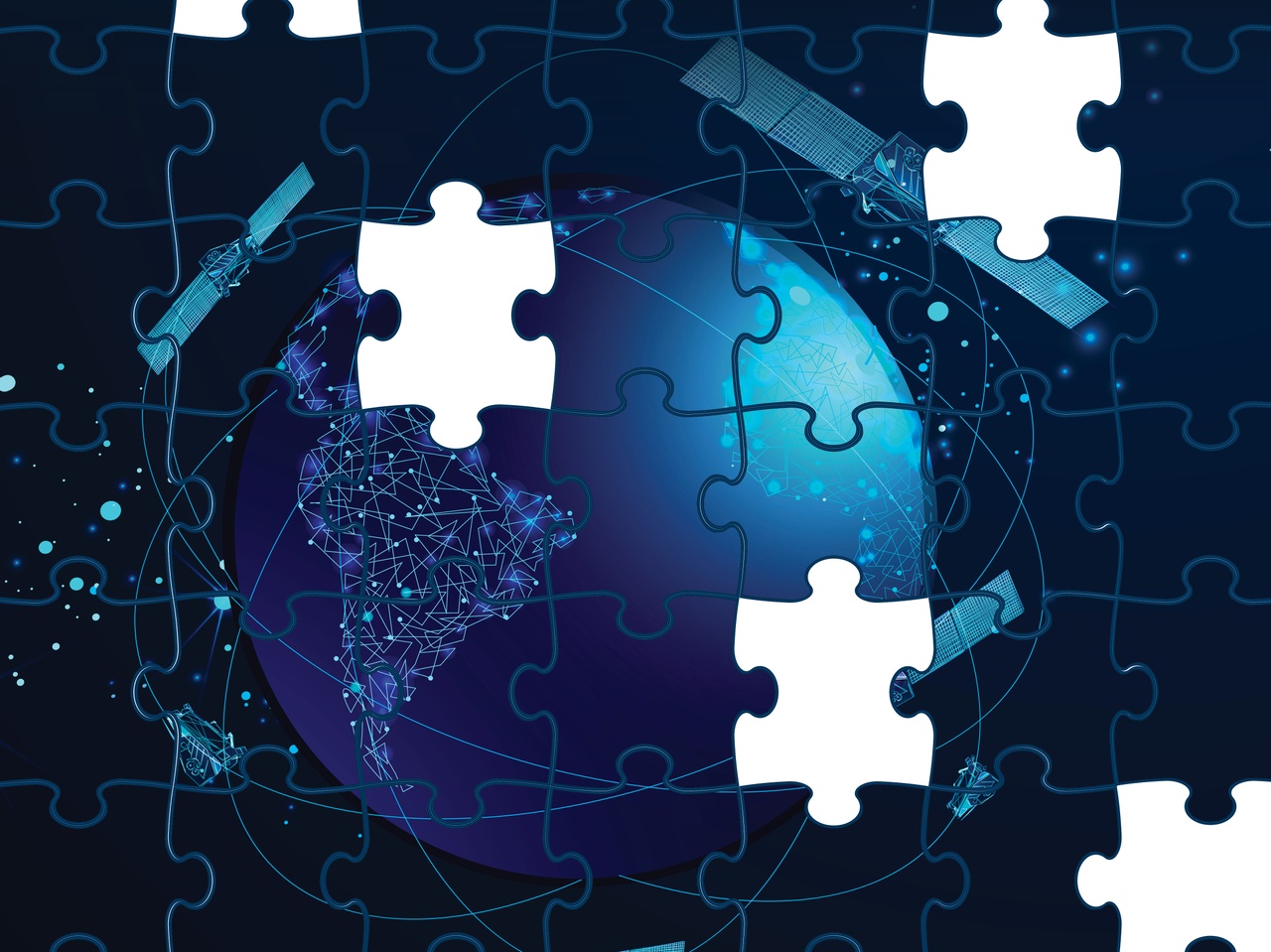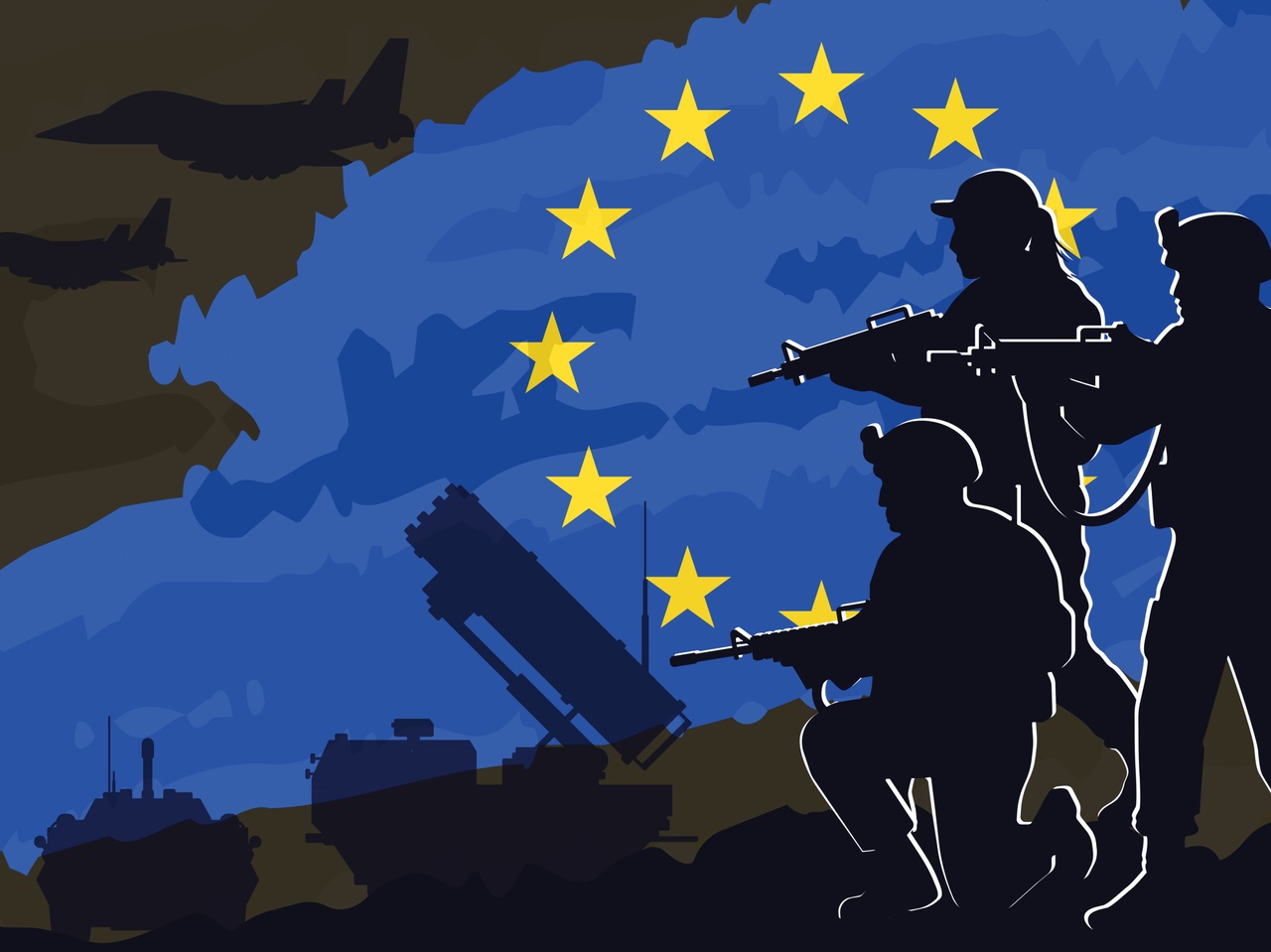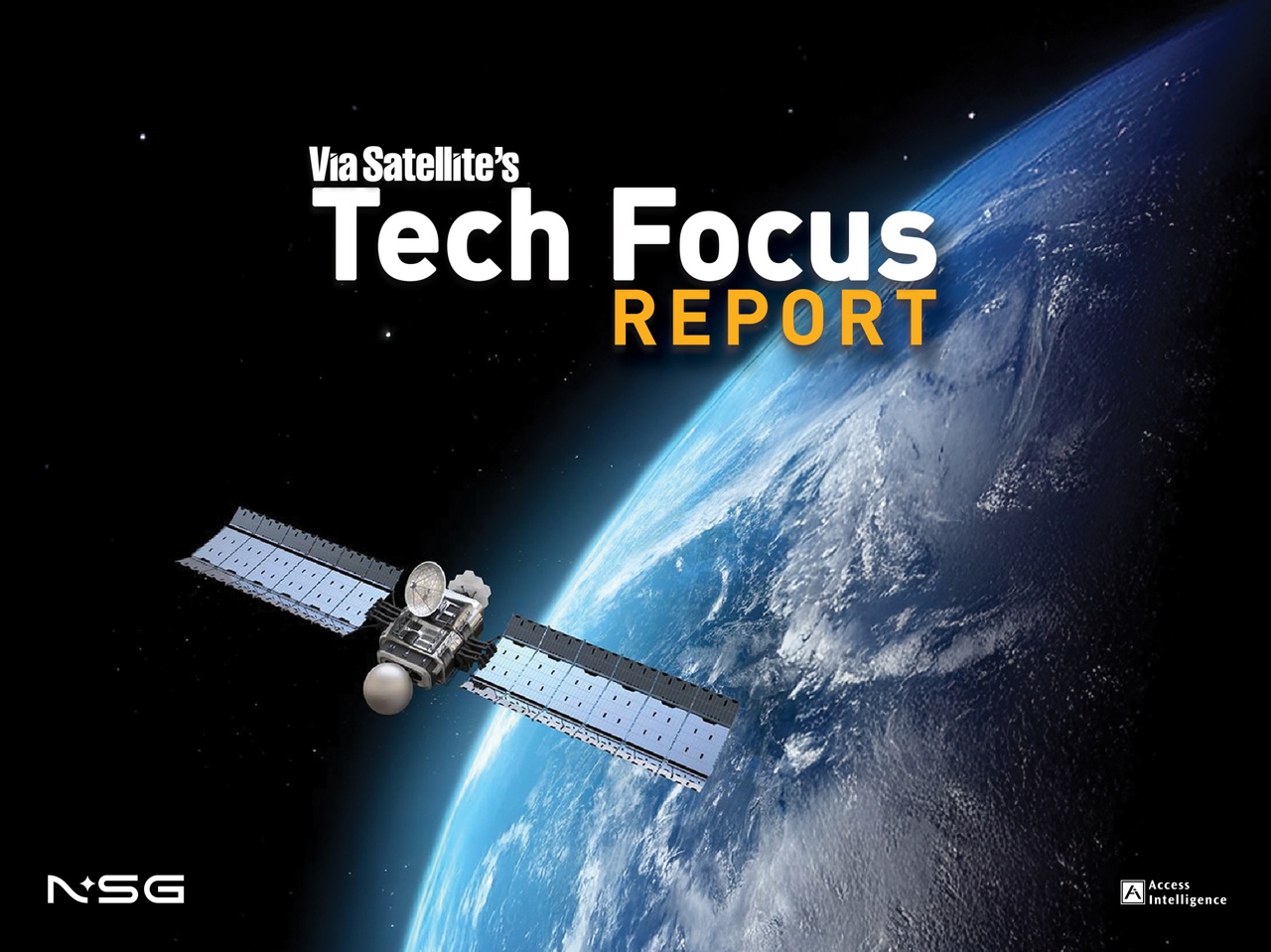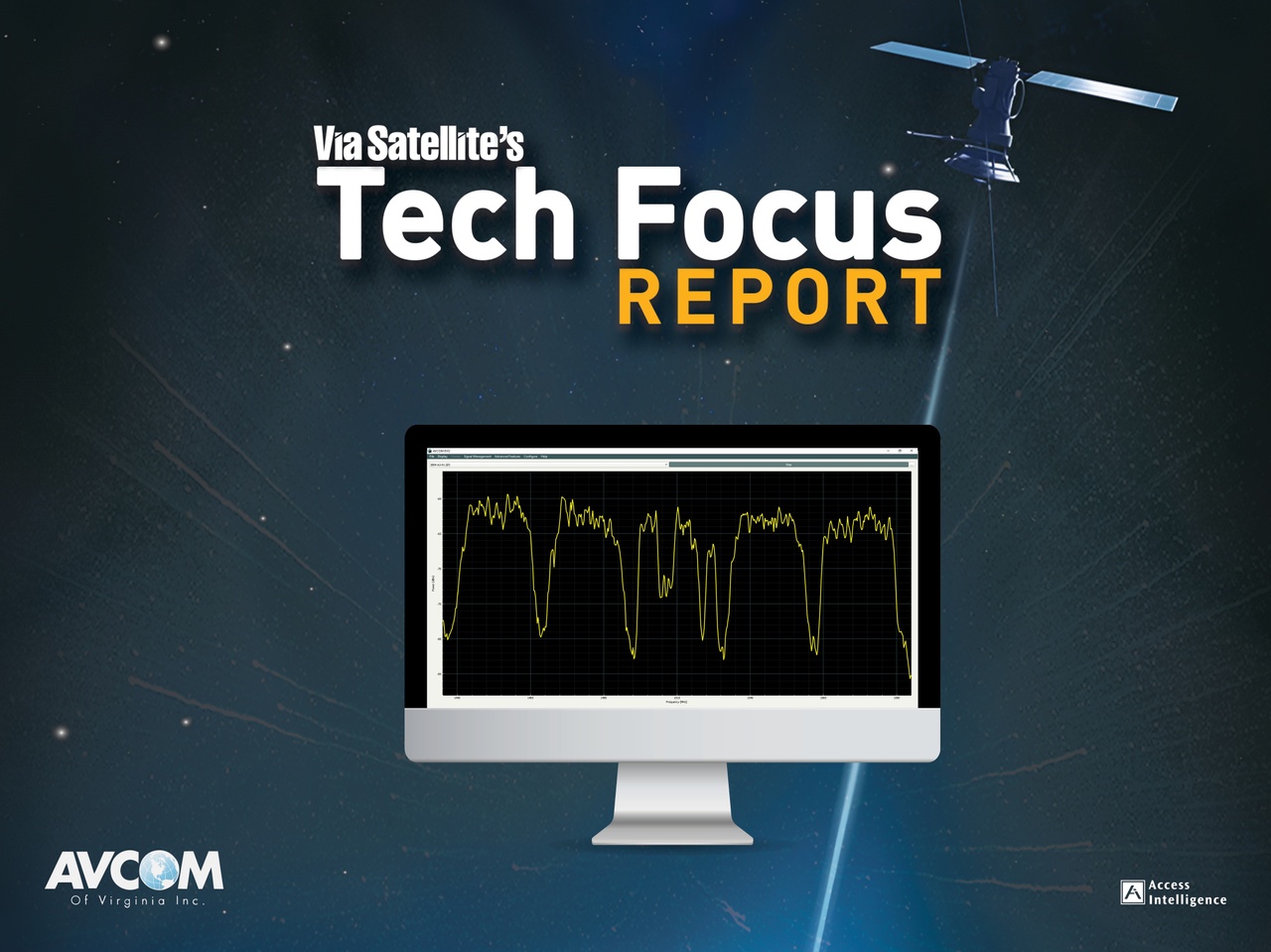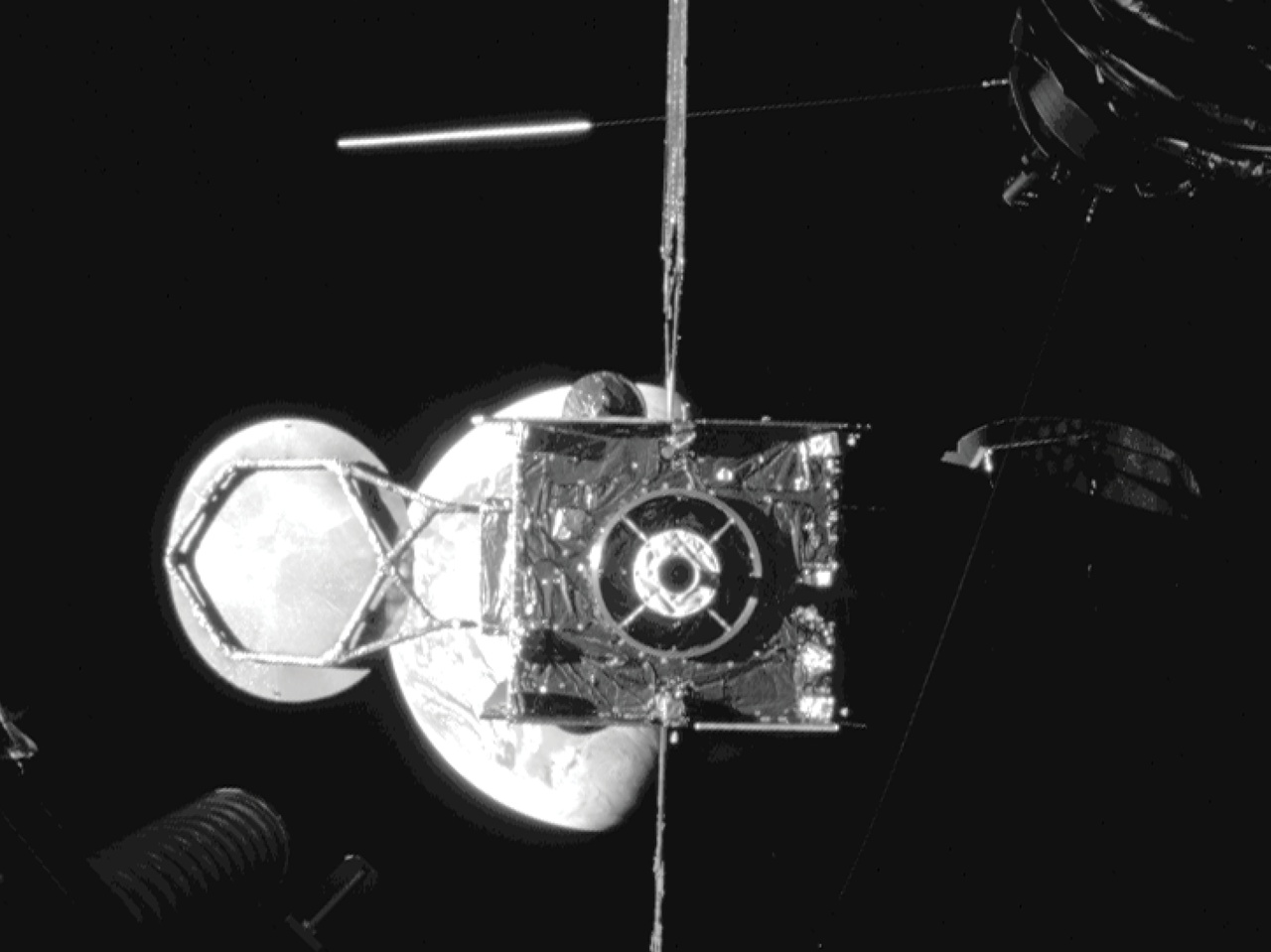
Evaluating International Governance of ISAM Activities
While there are not yet specific provisions for ISAM activities in international space law, several countries have adopted national laws mentioning ISAM activities. August 25th, 2025In-orbit servicing, assembly, and manufacturing or “ISAM” activities are predicted to be high-growth activities, which Analysys Mason estimates could be a 11 billion pound ($14.82 billion) market opportunity globally by 2031.
Whether it is extending the life of satellites, repairing satellites, removing space debris, assembling telescopes and space-based solar power infrastructure and manufacturing components in space, ISAM covers a diverse set of activities.
Yet, there are no specific ISAM provisions under international space law – at least not yet. The general principles under the Outer Space Treaty 1967 do offer a basic international governance framework, specifically covering the responsibility and liability of states and jurisdiction and control over space objects; all relevant to ISAM activities.
Usefully, under Article III, states must conduct outer space activities in accordance with international law, including international environmental law. This helpfully applies international law to space activities. Article IX sets out key principles such as the need for cooperation, mutual assistance, due regard (to the corresponding interests of all other state parties), the prohibition of harmful contamination and the prevention of adverse changes to the Earth’s environment.
In recent years, recognizing the expansion and potential of ISAM activities, and the need to regulate them, several countries, while applying international space law, have adopted more detailed national laws specifically mentioning ISAM activities.
Brazil adopted Law No. 14,946, of July 31, 2024, which defines space activities to include “services that extend the useful life of satellites” and “the removal of space debris,” bringing them within the scope of Brazilian law.
France adopted the Order of March 31, 2011 on technical regulations pursuant to Decree No. 2009-643 of June 9, 2009 on authorizations issued pursuant to Act No. 2008-518 of June 3, 2008 on space operations. The Order was amended in June 2024 to include in-orbit services. It defines orbital servicing and sets out requirements for debris collection and collision prevention.
Japan benefits from the 2021 Guidelines on a License to Operate a Spacecraft Performing On-orbit Servicing. The guidelines offer a reasonably detailed outline of the appropriate procedures, system architecture, operations and management plans for spacecraft intended and capable of performing in-orbit servicing. The guidelines apply to all phases of a servicing mission, including the rendezvous phase, proximity operations phase, final approach and capture phase, servicing phase and separation phase.
New Zealand has adopted the 2023 Active Debris Removal and On-Orbit Servicing Missions Operational Policy which outlines its approach to assessing applications for active debris removal and in-orbit servicing under the New Zealand Outer Space Act and the Outer Space and High-altitude Activities Regulations.
Italy has published its draft Space Law which defines space object removal and servicing as space activities subject to the draft law’s authorization requirements.
However, national laws are not developing homogeneously; differing interpretations of the international laws are being applied nationally, resulting in diverging national regimes in the emerging regulatory landscape.
For ISAM to be effective, interoperability and the recognition of practices is key. Speaking with several industry players, the issue of a lack of common understanding as to the apportionment of liability, the establishment of fault and the transfer of control leads to uncertainty. Clarity is required to allow informed commercial and underwriting decisions, contributing to greater investment.
Uncertainties associated with compliance and operational risk, and the lack of consolidated patterns of behavior can be reduced through the provision of clear, objective standards. This would allow continuous adaption to changing conditions, drawing on the practices of industry, international networks, academia, insurance, and finance.
Guidelines and standards can support international processes at a time when international ISAM obligations have not yet emerged, as we have seen with the work of CONFERS.
Detailed contracts between the commercial players describing the allocation of liabilities, responsibilities and obligations etc. also provide clarity, and can be recognized by governments and regulators.
Policy guidance as to radio-frequency spectrum bands for use by ISAM missions would provide further clarity and allow the effective management of spectrum interference.
Effective information sharing, in a standardized way, will also be essential to ensure consistency and interoperability between states, between states and commercial players, and between commercial players.
ISAM activities are excellent examples of space activities which require engagement between the growing industry and relevant governments and regulators. This will ensure that regulations, policies and laws are enabling, minimize liability and help manage risk in this growing and fast-moving area. VS
Joanne Wheeler is the Managing Director of Alden Legal
Lead photo: Northrop Grumman's Mission Extension Vehicle 1 (MEV-1) undocking from Intelsat 901 after providing five years of life extension service in GEO. Photo: Northrop Grumman’s Space Logistics
